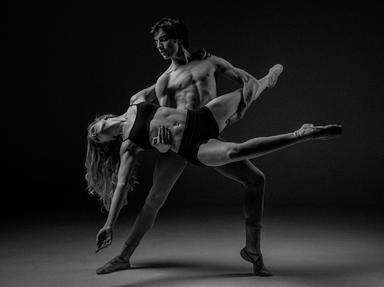Quiz Answer Key and Fun Facts
1. Which of the following muscles is NOT a part of the hamstring group?
2. Which of the following muscles is NOT a part of the quadriceps muscle group?
3. Most people are unaware that there is a fifth muscle that contributes significantly to the quadriceps group. Which of the following is this oft forgotten muscle?
4. Some people have the capacity to wiggle their ears. Which muscles help a person perform this party trick?
5. Which of the following facial muscles is used to produce an insincere smile?
6. The big toe is such an important digit, but can you tell me which of the following muscles flexes all the joints of the big toe?
7. Beefy football players in the weight room are always working arms and shoulders but which of the following muscles is NOT targeted usually in their workouts?
8. In Chinese culture what number is considered lucky, which also serendipitously coincides with the number of muscles that control the movement of one's pinky finger?
9. Which of the following muscles controls urine flow and plays a contractile function during orgasm?
10. What muscle holds the honorary distinction of being the largest muscle in the human body?
Source: Author
coachpauly
This quiz was reviewed by FunTrivia editor
rossian before going online.
Any errors found in FunTrivia content are routinely corrected through our feedback system.

